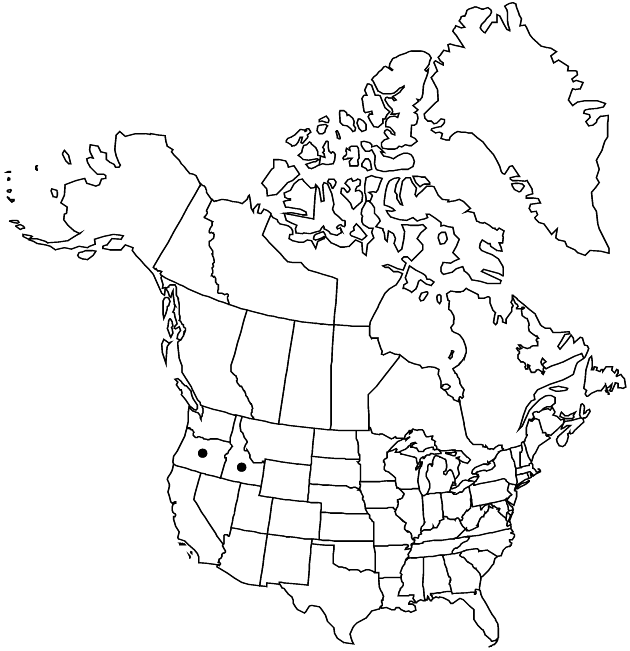Difference between revisions of "Erigeron davisii"
Sida 21: 22. 2004.
FNA>Volume Importer |
imported>Volume Importer |
||
| Line 8: | Line 8: | ||
}} | }} | ||
|common_names=Davis’s fleabane | |common_names=Davis’s fleabane | ||
| + | |special_status={{Treatment/ID/Special_status | ||
| + | |code=E | ||
| + | |label=Endemic | ||
| + | }}{{Treatment/ID/Special_status | ||
| + | |code=C | ||
| + | |label=Conservation concern | ||
| + | }} | ||
|basionyms={{Treatment/ID/Basionym | |basionyms={{Treatment/ID/Basionym | ||
|name=Erigeron engelmannii subsp. davisii | |name=Erigeron engelmannii subsp. davisii | ||
| Line 56: | Line 63: | ||
|publication title=Sida | |publication title=Sida | ||
|publication year=2004 | |publication year=2004 | ||
| − | |special status= | + | |special status=Endemic;Conservation concern |
| − | |source xml=https:// | + | |source xml=https://bibilujan@bitbucket.org/aafc-mbb/fna-data-curation.git/src/bb6b7e3a7de7d3b7888a1ad48c7fd8f5c722d8d6/coarse_grained_fna_xml/V19-20-21/V20_593.xml |
|tribe=Asteraceae tribe Astereae | |tribe=Asteraceae tribe Astereae | ||
|genus=Erigeron | |genus=Erigeron | ||
Revision as of 20:50, 27 May 2020
Perennials, 10–30 cm; taprooted, caudices simple or with relatively short, thick branches. Stems erect, hirsuto-villous to loosely strigose (hairs relatively translucent and vitreous, unequal in lengths, 0.1–1 mm), sometimes sparsely minutely glandular. Leaves mostly basal (persistent; petioles prominently ciliate, hairs spreading, thick-based), eglandular; blades linear to narrowly oblanceolate, 20–100 × 1–3.5 mm, abruptly reduced distally, margins entire, faces strigose to strigoso-hirsute, eglandular. Heads 1. Involucres 5–8 × 10–15 mm. Phyllaries in 2–3 series, loosely hirsute to hirsuto-villous, sometimes sparsely minutely glandular. Ray florets 50–80; corollas usually white, 8–14 mm, laminae (1.2–1.8 mm wide) coiling. Disc corollas 3.1–4 mm (glabrate, throats not indurate or inflated). Cypselae (obovoid) 2.1–2.5 mm, 2-nerved, faces sparsely to moderately strigoso-villous; pappi: outer of setae, inner of 14–20 bristles.
Phenology: Flowering (Apr–)May–Jul.
Habitat: Bare, rocky ridges and slopes, basalt outcrops, sparsely vegetated woodland openings or edges, commonly with grasses
Elevation: 1200–1800 m
Discussion
Of conservation concern.
Selected References
None.
